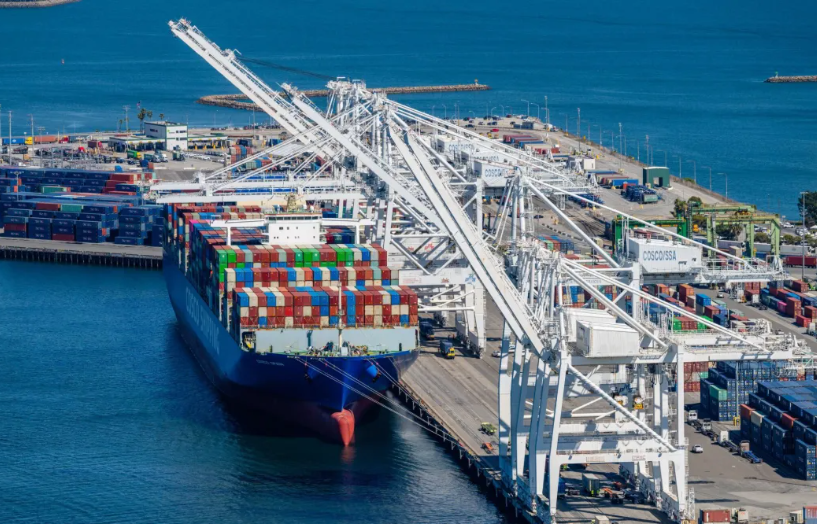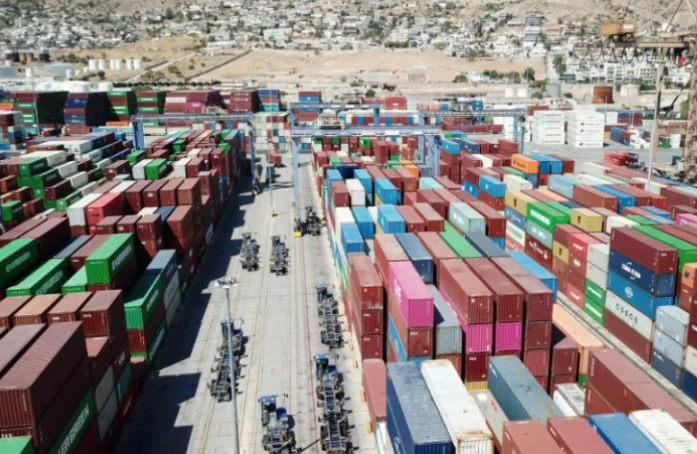Nippon Yusen Co., one of Japan’s three major shipping lines, plans to expand itsefied natural gas fleet by about 50% in early 2029 to meet the growing global demand for the super-chilled fuel.
“We need expand,” Chief Executive Officer Takaya Soga said in an interview on Bloomberg Television’s “Chief Future Officer” program. He noted that there has been an increase in. “From a decarbonization perspective, everyone is paying attention to the energy transition,” he added, and LNG is a key piece.
Natural gas being touted as a source of energy that can help the transition from dirtier fossil fuels, such as coal, to cleaner energy while also providing backup power for intermittent renewables. the meantime, LNG production is expected to surge as projects in the US and Qatar come online, and Shell Plc — the biggest trader in the fuel — expects consumption to increase about 60% by 2040.
As demand grows, it will take more tankers to transport the fuel around the world. There were a total of831 ships operating as of the end of last year, according to the International Group of LNG Importers (GIIGNL), while shipowner BRS estimates that241 more will be needed by 2034.
NYK Line plans to increase its fleet to more than 130 vessels in early 229, up from 89 now, including tankers operated and owned by the Tokyo-based group. Rival Mitsui Osk Lines Ltd. is also seeking.
This year, the source of ships has also made headlines, as US President Donald Trump took measures to suppress China’s shipbuilding industry — levying fees on vessels call at US ports that are owned, operated or built in China starting Oct. 14.【Port charges “big limit” is coming, the number of China ships in routes has declined!】. However, given the vast size of China’s shipbuilding capacity, there are limited alternatives.
“Most of our LNG carriers are built South Korean yards, and only a very small number in Chinese yards,” said Takaya Soga, who joined NYK in 1984. He added that about8% of the company’s overall fleet, including container ships and car carriers, are built in China.

Last
Freight rates "plummet" for 14 consecutive weeks! Tariffs and port fees both "attack", what changes will the shipping industry see 2025?
The World Container Index (WCI), a key benchmark, fell 6% this week $1,913 per 40-foot container, marking 14 consecutive weeks of

Next
Boom! 2,435 containers seized involving a large batch of Chinese goods! The value of the goods is 250 million euros, and the "biggest smuggling case" in the EU surfaces.
Recently, the European Public Prosecutor's Office (EPPO) announced the prosecution of six individuals of participating in a cross-
